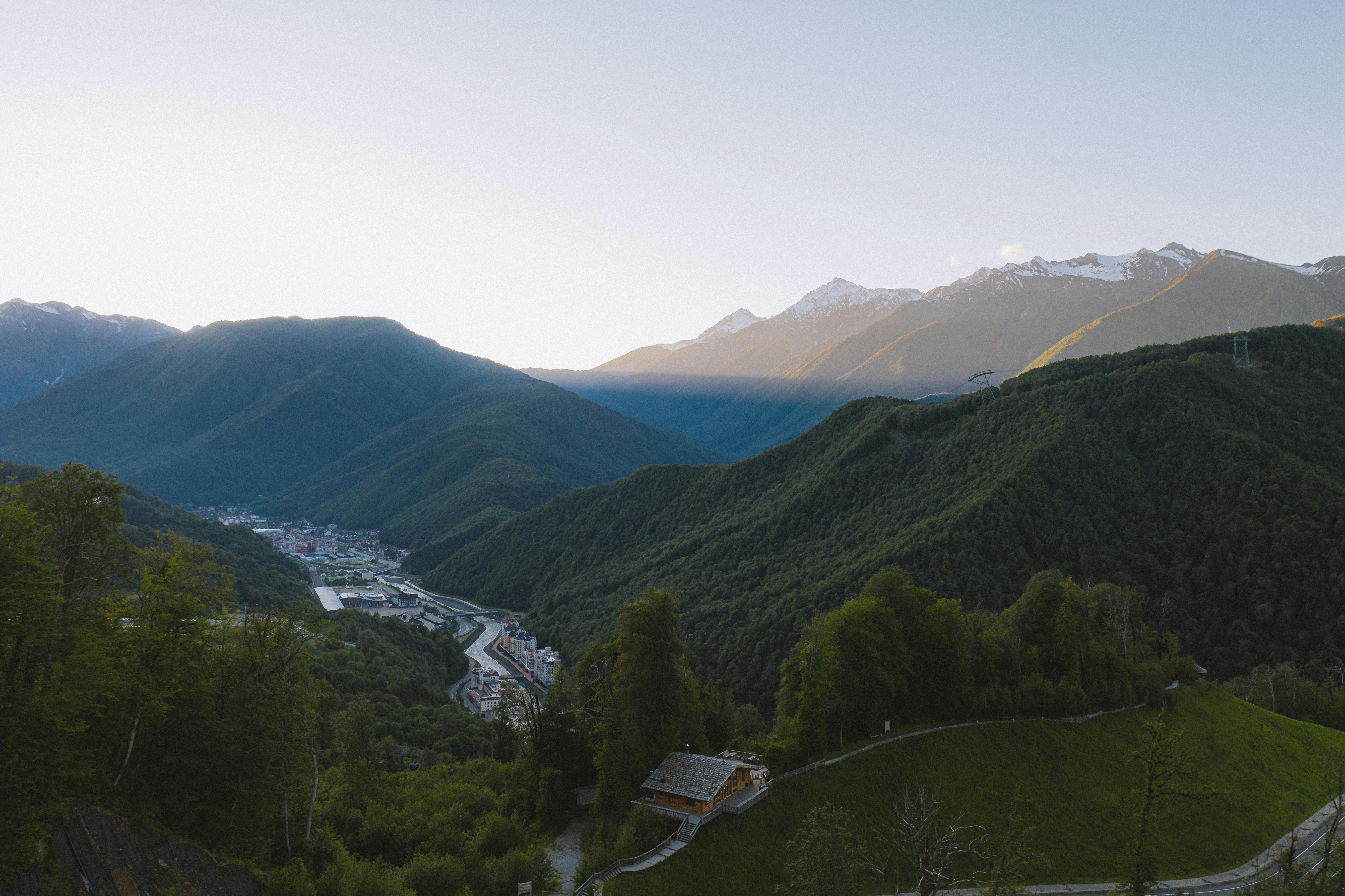If you are confused about Sudan and South Sudan, join the club! We in Africa, even right next to Sudan and its new neighbor South Sudan, a new nation created just three years ago, are often puzzled by strange occurrences that are only hinted at in sporadic, dark and bizarre press reports.
Clearly, part of the deeper problem with the Sudan crisis is that the world’s media is covering it without the resources they would devote to a human tragedy of this size in Europe, Asia, Africa or America. Sadly, we are used to Africans dying by the thousands, and that doesn’t make headlines. It is likely, according to UN officials, that there are already thousands of deaths in South Sudan, but no one has concrete figures for the body count.
Although a lot of blood has already been shed in South Sudan, things have gotten a lot worse in the last ten days. The focus of violence has increasingly focused on civilians. UN Secretary General Ban Ki-Moon has ordered something like 7,000 international police and military to be added to a similar number already stationed in the area around Juba, but this may not be enough to counter the forces of the two South Sudanese factions fighting for the supremacy of South Sudan’s two main political heavyweights, Salva Kiir and his former collaborator and political ally Riek Machar. United Nations human rights officials on the ground have said no ceasefire is in sight. Until Kiir or Machar decisively win, conflicts and deaths will continue.
A simplified (but always useful!) Way of understanding the context in which current violence has erupted in this arid east-central part of Africa is based on ethnicity and religion. There were two steps in the process that created the current mess, the first involving the Muslim / Christian conflict that created South Sudan as a new nation in 2011, and now the current conflict, which has arisen solely within South Sudan while competing political figures compete for supremacy.
In the days of the ancient nation of Sudan, by far the largest country in all of Africa before its division, the Sudanese from the north and south often had fights based on religion and ethnicity. The northern Sudanese, who are based in Khartoum, the magnificent ancient capital of the Nile, are largely light-skinned Arab Muslims. The people of southern Sudan are predominantly black African Christians. Muslims for decades regarded Southerners as second-class citizens and did not hesitate to brutalize them. And it was these black Christians who voted overwhelmingly (98 percent) to secede from Sudan as a new nation in 2011. This new nation was christened South Sudan.
Greater Sudan’s broader problems briefly attracted public attention in a bright spark of explosive global prominence a decade ago, when Hollywood movie stars tried to focus charitable giving on human misery in Darfur. Actor George Clooney curbed his great personal charisma and popularity to raise money for refugees. But then Sudan faded from the news, and now we find that the carnage and horror have resumed.
Some 300 US citizens were evacuated from the city of Bor, the capital of Jonglei province, the geographic focus of instability in South Sudan. Bor is a newly discovered oil wealth area, and this significantly complicates everything.
The huge and heavy Osprey aircraft of the US Navy, those magnificent aircraft that can change their engines to point skyward when landing to function like helicopters, attracted gunfire in the last ten days while trying to take out Americans fleeing. Meanwhile, thousands of citizens of other Western nations, including Canada, the United Kingdom and Australia, have chosen to stay in South Sudan and resist, in the hope that a peace plan can be improvised before the violence worsens. There may be some reason to be hopeful.
US Secretary of State John Kerry this week lobbied President Salva Kiir’s administration for a Christmas ceasefire (ironically, the celebration of Christmas used to be banned by the old government in Khartoum), albeit with mixed results. . The fighting continues as I write this, according to most reports. Refugees flee to neighboring countries to the east, mainly Uganda and Ethiopia.
There are reportedly 20,000 displaced people in Juba, the dusty capital of South Sudan. The international airport has been closed, perhaps to slow the tide of departures. There are another 15,000 refugees in Bor. All of these people fear for their safety despite curfews from dusk to dawn.
Some backstory may be helpful in understanding the new wave of struggles that has escalated so dramatically in the last half of December: President Salva Kiir is the head of the Sudan People’s Liberation Movement (SPLM), which is the political organization that led South Sudan to independence from Khartoum. Since he took power, even Kiir’s supporters have accused him of becoming despotic and paranoid, and more concerned with his personal wealth and status than with providing stable leadership and government.
Under Kiir as its top leader, corruption in southern Sudan has gotten far worse than it was when Khartoum was in charge. In a comedic incident a few weeks ago, Kiir even asked his recalcitrant cronies, some of them cabinet ministers, to return the cash they had stolen for personal use. The Kiir government, in short, is not ruling.
The result is that war-weary citizens of South Sudan are now perhaps even less happy than they were when the Muslim Arab rulers in Khartoum made the decisions. Kiir is one of their own, and yet he oppresses them even more than the Muslims. This creates anger and frustration.
The violence began almost six months ago in July when Salva Kiir ousted the entire executive level of his government and closed several key ministries. But the fighting has gotten much worse in the past six weeks, centered in the capital of Juba.
Ten days ago, President Kiir shed his customary black summer heavyweight business suit in favor of a khaki military uniform, the first time he appeared in that suit. It was a successful theater, if not successful in bringing peace and laying down arms.
Kiir has blamed his closest political partner, former Vice President Riek Machar, another founding member of the SPLM and a man of equal status and charisma as Kiir, of fostering a coup directed against him. Kiir fired Machar from his post. Riek Machar has now formed his own military units to fight the war against Kiir. Machar may well be an acceptable successor to Kiir, both in the minds of foreigners and the people of South Sudan. Many observers are now betting on Machar.
But it is difficult, even for seasoned observers from neighboring countries, to assess the true depth of the political divide between Kiir and Machar, as they have quarreled before but have generally managed to become friends again. However, there may be a new factor in the mix, which bodes ill for conflict. This has been the clearly visible deterioration in Kiir’s health, which appears to have manifested itself in episodes of anger, violence and terrible cruelty against former trusted collaborators.
Salva Kiir’s inability to lead effectively suggests that the conflict will get worse before it gets better. Meanwhile, the flood of refugees continues into Uganda, Kenya and Ethiopia. And the murder of hundreds, perhaps even thousands, continues in urban areas. And many of the remaining Europeans, following a signal from the Americans, are packing their bags for London, Paris and Sydney to wait for better and safer days in Africa.



